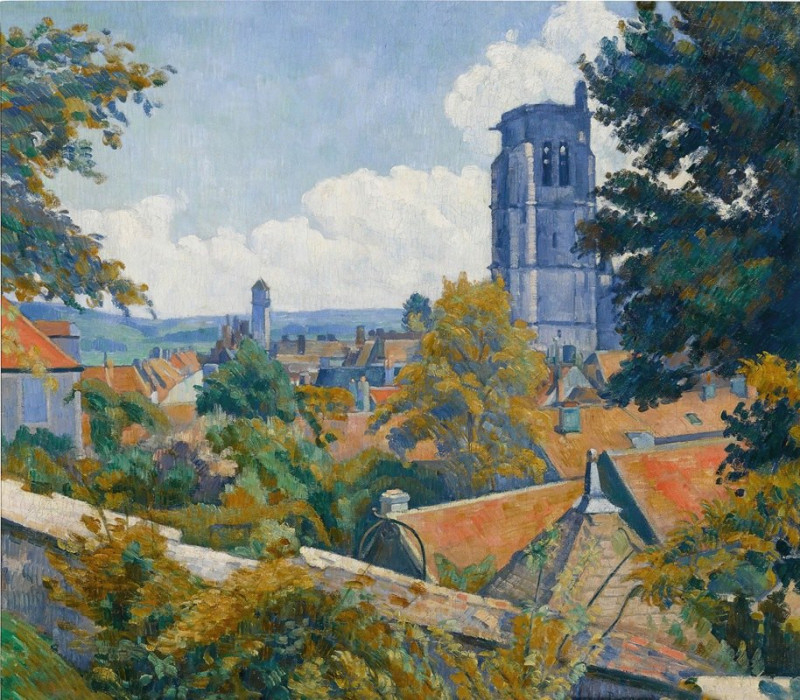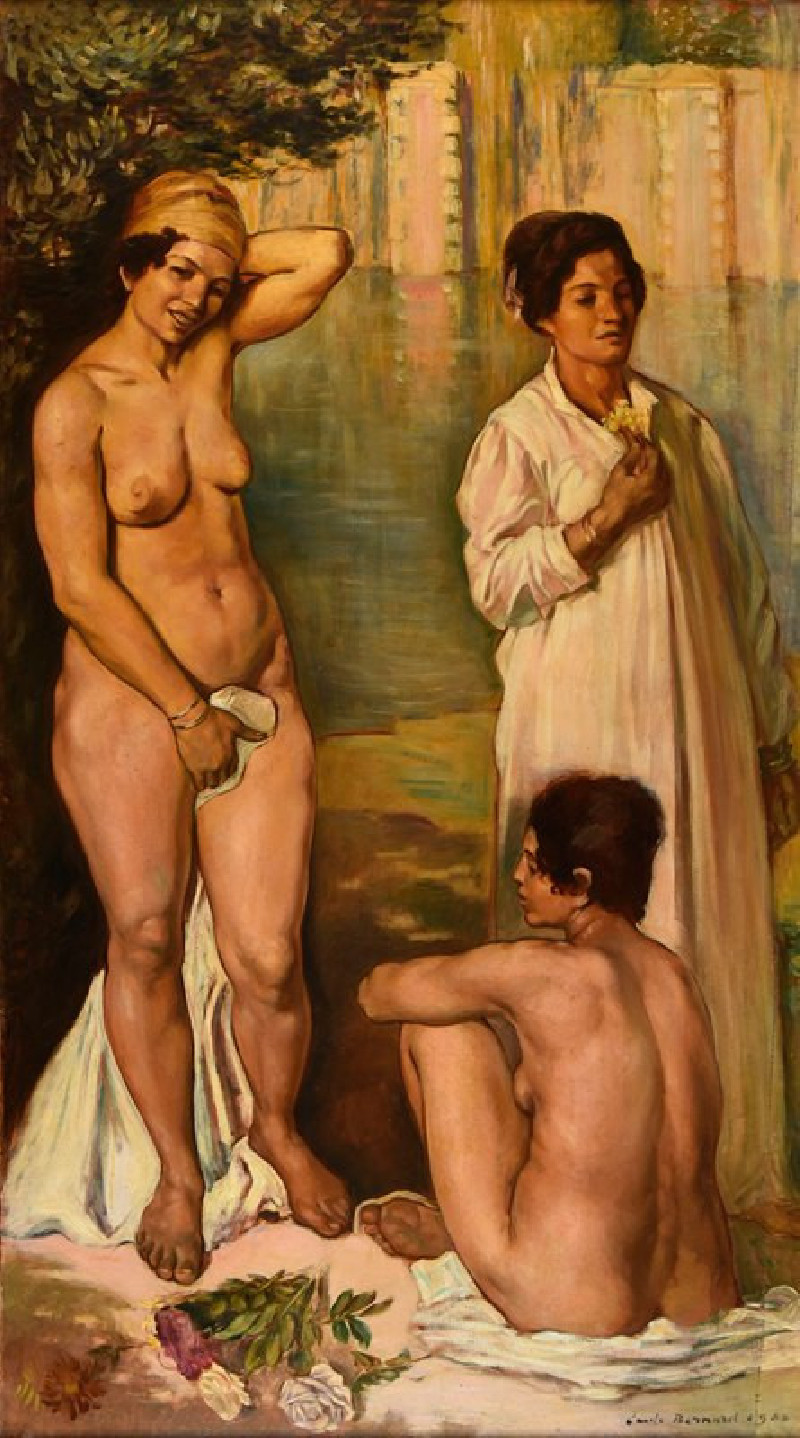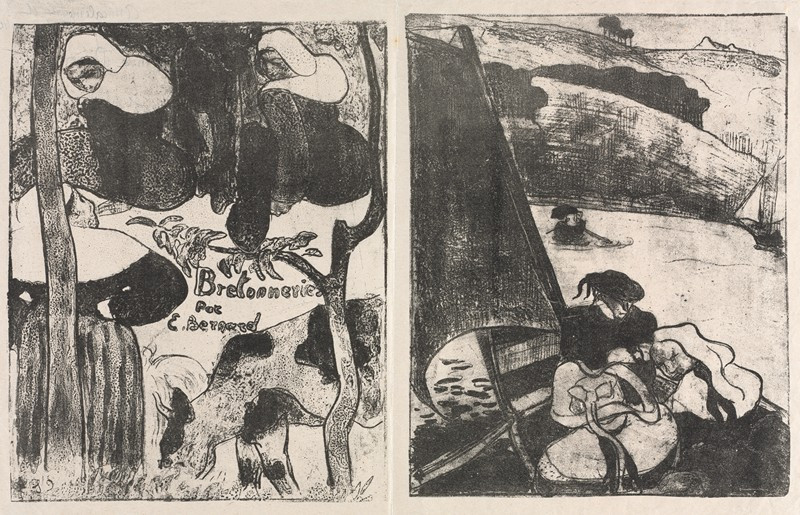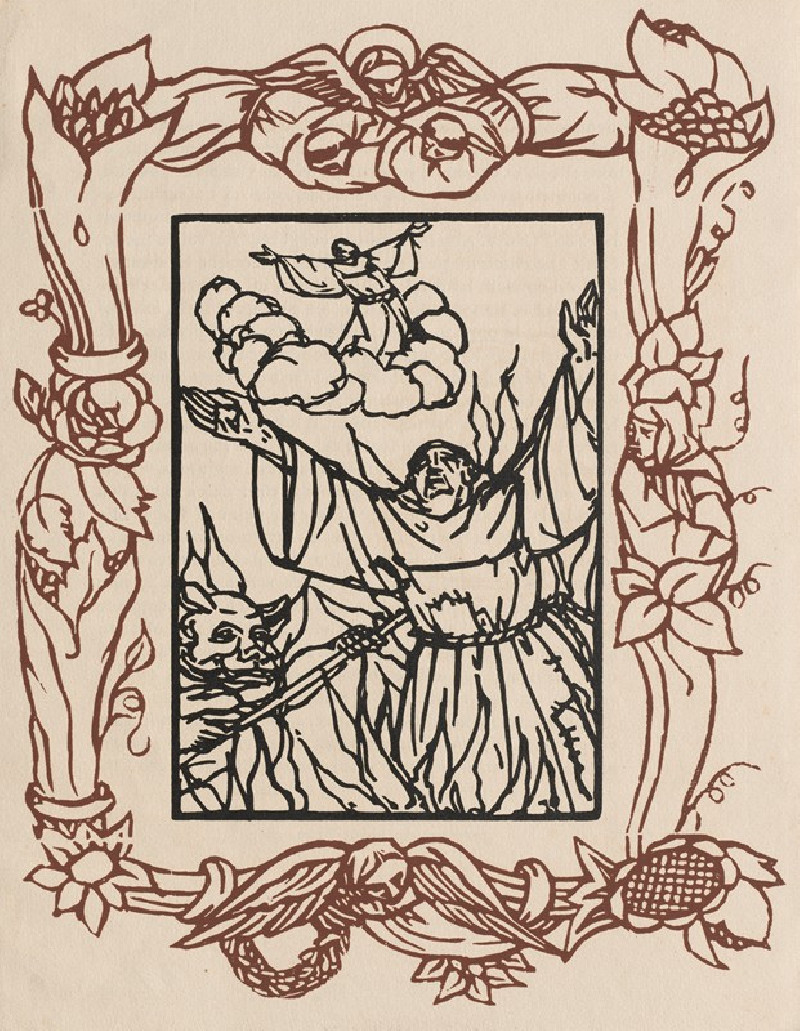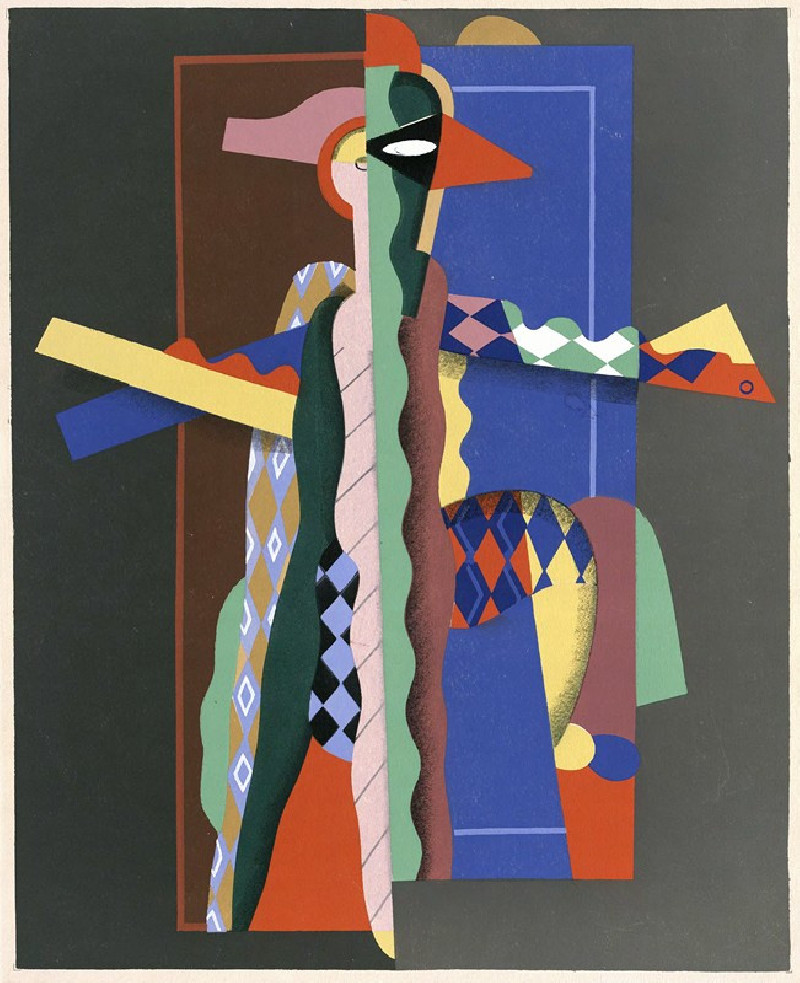Femmes Au Porcs (Women With Pigs) (1889)
Technique: Giclée quality print
Recommended by our customers
More about this artwork
Emile Bernard's "Femmes Au Porcs" (Women With Pigs) offers a captivating glance into rural life through the Post-Impressionist lens, marked by a significant year of creation, 1889. This painting vividly portrays two women interacting intimately with a group of pigs, which likely represents a scene of everyday rural activity, illustrating the closeness of human life with nature and animals.The artwork is divided into a rich tapestry of color and form that draws attention to the protagonists of the scene—the women and the pigs. On the left, one woman cradles a piece of meat, suggesting themes of nourishment and the cycles of life, often a focal point in rural settings. The other woman, depicted on the right, covers her face in a meditative or perhaps mournful pose, adding a layer of emotional depth and complexity to the scene.The painting's style is typical of Bernard’s approach during this period, characterized by bold outlines and an earthy palette that grounds the subjects in their environment. The use of blue and yellow hues complements the more muted tones, creating a balanced yet dynamic composition."Femmes Au Porcs" is not merely a depiction of women performing daily chores but a deeper commentary on the interdependence between humans and animals.
Delivery
Returns
Émile Henri Bernard (28 April 1868 – 16 April 1941) was a French Post-Impressionist painter and writer, who had artistic friendships with Vincent van Gogh, Paul Gauguin and Eugène Boch, and at a later time, Paul Cézanne. Most of his notable work was accomplished at a young age, in the years 1886 through 1897. He is also associated with Cloisonnism and Synthetism, two late 19th-century art movements. Less known is Bernard's literary work, comprising plays, poetry, and art criticism as well as art historical statements that contain first-hand information on the crucial period of modern art to which Bernard had contributed.










